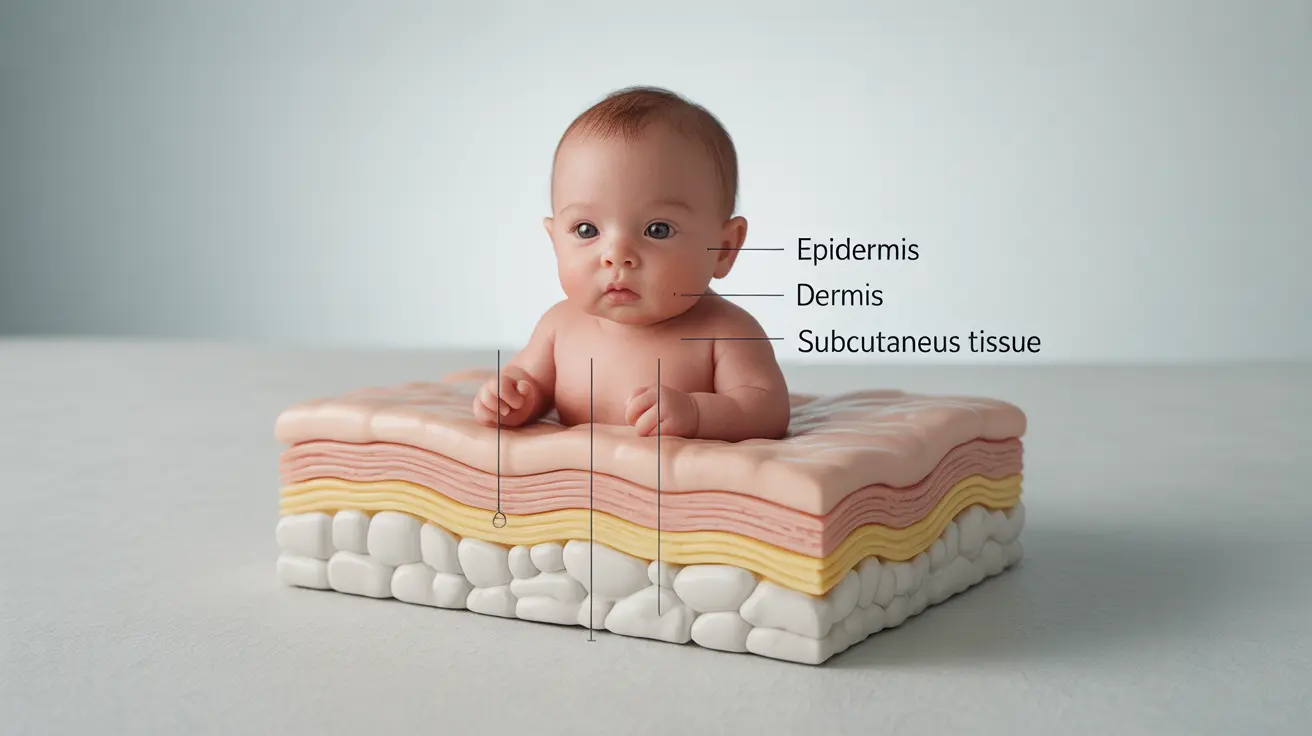As a parent, finding safe and effective treatments for your baby's skin irritations can be challenging. Many parents wonder about using Benadryl cream on their infants, but it's crucial to understand the safety considerations and proper usage guidelines before applying any medication to a baby's delicate skin.
This comprehensive guide will explore the safety, risks, and alternatives to using Benadryl cream for babies, helping you make informed decisions about your infant's skin care needs.
Understanding Benadryl Cream and Its Components
Benadryl cream contains diphenhydramine, an antihistamine that works by blocking histamine responses that cause itching and inflammation. While this medication is effective for adults, its use in infants requires special consideration due to their sensitive skin and developing immune systems.
Safety Considerations for Infants
The Food and Drug Administration (FDA) has not approved topical Benadryl products for use in children under 2 years of age. This is because babies have much thinner skin than adults, which can lead to increased absorption of the medication into their bloodstream.
Potential Risks of Topical Application
When applied to a baby's skin, Benadryl cream may cause:
- Skin irritation or redness
- Allergic reactions
- Excessive drowsiness if absorbed
- Respiratory issues in sensitive infants
Emergency Situations and Accidental Ingestion
If your baby accidentally ingests Benadryl cream or shows signs of an adverse reaction, immediate medical attention is necessary. Contact poison control or emergency services right away, as antihistamine toxicity can be dangerous for infants.
Safe Alternatives for Baby Skin Care
Pediatrician-Recommended Options
Instead of Benadryl cream, consider these safer alternatives for treating your baby's skin concerns:
- Fragrance-free moisturizers
- Colloidal oatmeal baths
- Petroleum jelly
- Zinc oxide-based creams
- Gentle, hypoallergenic calamine lotion
Natural Remedies
Some natural options that may help soothe your baby's skin include:
- Cool compresses
- Lukewarm baths with minimal soap
- Cotton clothing
- Keeping nails trimmed to prevent scratching
Frequently Asked Questions
Is Benadryl cream safe to use on a baby under 2 years old?
No, Benadryl cream is not recommended for babies under 2 years old. The FDA hasn't approved its use for infants, and the risk of absorption through their thin skin makes it potentially dangerous.
What are the risks and side effects if a baby uses Benadryl cream or liquid?
Risks include skin irritation, allergic reactions, excessive drowsiness, and potentially serious systemic effects due to absorption through the skin. Liquid Benadryl poses additional risks and should never be given to infants without explicit medical direction.
Can Benadryl cream make my baby sleepy or help them sleep safely?
While Benadryl cream can cause drowsiness if absorbed through the skin, it should never be used as a sleep aid for babies. This practice is dangerous and could lead to serious health complications.
What should I do if my baby accidentally swallows Benadryl cream or liquid?
Immediately contact poison control (1-800-222-1222) or emergency services. Monitor your baby for symptoms like extreme drowsiness, difficulty breathing, or changes in behavior, and seek immediate medical attention.
What safer alternatives can a pediatrician recommend for a baby with itching, rashes, or allergic reactions?
Pediatricians typically recommend gentle, fragrance-free moisturizers, colloidal oatmeal baths, zinc oxide creams, and other specifically formulated baby skin care products. Always consult your pediatrician for personalized recommendations based on your baby's specific condition.
Final Thoughts
When it comes to treating your baby's skin conditions, it's always better to err on the side of caution and use products specifically approved for infant use. Consult with your pediatrician before using any new skin treatment, and focus on gentle, baby-safe alternatives rather than adult medications like Benadryl cream.




